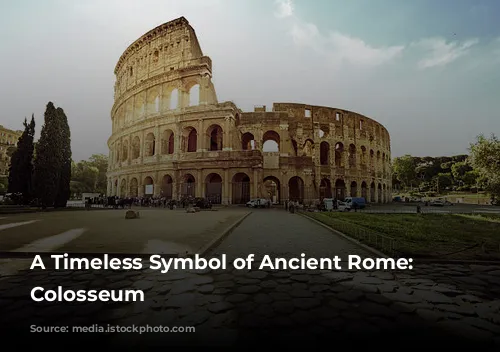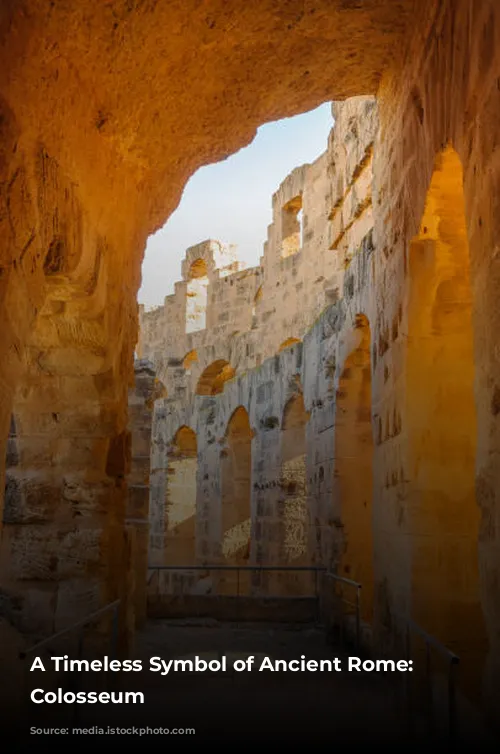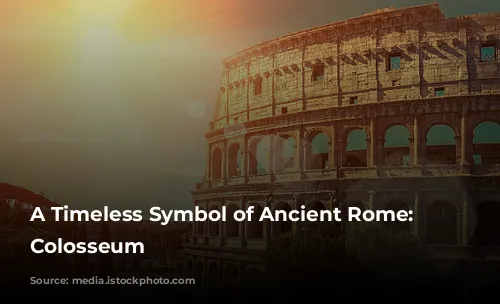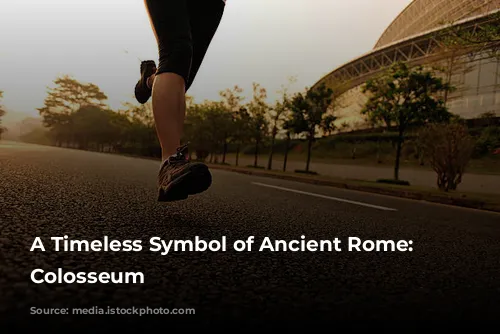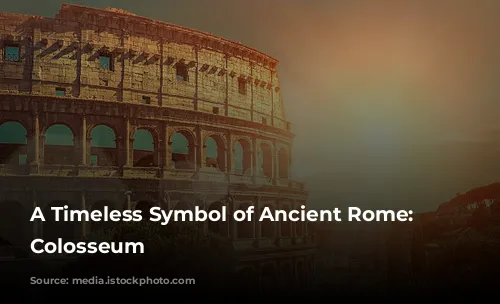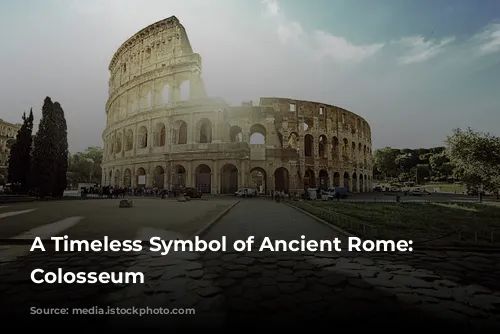Imagine a giant structure standing proudly amidst the bustling city of Rome, a testament to the grandeur of the Roman Empire. This is the Colosseum, a magnificent amphitheater that continues to captivate visitors from around the globe. More than just a historical landmark, the Colosseum is a major source of income for the Italian government, attracting millions of tourists each year. In 2018 alone, the Colosseum, along with the Roman Forum and Palatine Hill, generated a staggering $63.3 million (€53.8 million), solidifying its position as Italy’s most popular tourist destination.
This paragraph introduces the Colosseum and its significance as a historical landmark and a major tourist attraction.
A Monument of Engineering and Architecture
The Colosseum’s story is intricately woven with the rise and fall of the Roman Empire. After the decline of the Western Roman Empire, the Colosseum fell into disrepair, its glory fading with time. During the 12th century, the Frangipane and Annibaldi families repurposed the arena, transforming it into their fortress. In the late 15th century, Pope Alexander VI allowed the Colosseum to be used as a quarry, further contributing to its deterioration. It was only in the 1990s that state-funded restoration efforts began, marking a turning point in the Colosseum’s long journey to rediscovering its former glory.
This paragraph explores the Colosseum’s journey through time, highlighting its decline after the Roman Empire’s fall and the restoration efforts undertaken in the 1990s.
A Spectacle of Entertainment and Power
The Colosseum’s construction was part of a grand imperial project to revitalize Rome after a tumultuous period known as the “Year of the Four Emperors” in 69 CE. Emperor Vespasian, following the Roman tradition of amphitheaters, envisioned the Colosseum as an entertainment venue, hosting gladiatorial contests, animal hunts, and even mock naval battles. The Colosseum was not just a space for entertainment, it was a symbol of the Roman Empire’s power and its ability to create awe-inspiring spectacles.
This paragraph delves into the Colosseum’s purpose as an entertainment venue during the Roman Empire, highlighting its role in showcasing the empire’s power and grandeur.
From Humble Beginnings to a Monumental Structure
Construction of the Colosseum began under the reign of Emperor Vespasian between 70 and 72 CE. His son, Titus, who succeeded him, dedicated the completed structure in 80 CE. Emperor Domitian, Titus’ successor, added the fourth story in 82 CE. The funding for the Colosseum came from the plunder of Jerusalem in 70 CE, and the construction was carried out by enslaved Jews from Judaea.
This paragraph details the construction of the Colosseum, highlighting the key figures involved, the timeframe, and the source of funding.
A Glimpse into the Past
The Colosseum is a remarkable structure, an elliptical marvel of stone, concrete, and tuff. Standing four stories tall at its highest point, it measures 620 by 513 feet (189 by 156 meters) and was capable of holding as many as 50,000 spectators. It was renowned for gladiatorial combat, a spectacle that captivated the Roman public.
This paragraph provides a detailed description of the Colosseum’s physical structure, its size, and its capacity, emphasizing its role in gladiatorial combat.
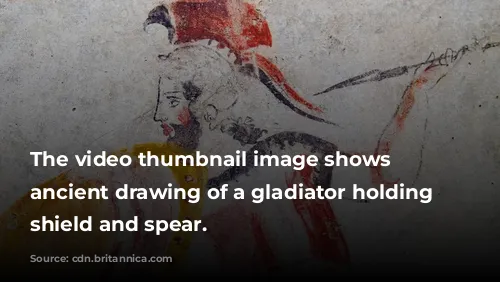
A Symbol of Power and Entertainment
The Colosseum was built on the site of Nero’s Golden House, replacing the emperor’s artificial lake with a public amphitheater. This decision was both symbolic and practical, reflecting Vespasian’s desire to replace the tyrannical emperor’s private space with a structure dedicated to the Roman people. The Colosseum’s impressive size and capacity made it a perfect venue for hosting public spectacles and showcasing the empire’s power.
This paragraph explores the Colosseum’s location and the symbolism behind its construction, emphasizing the contrast between Nero’s private lake and the public amphitheater.
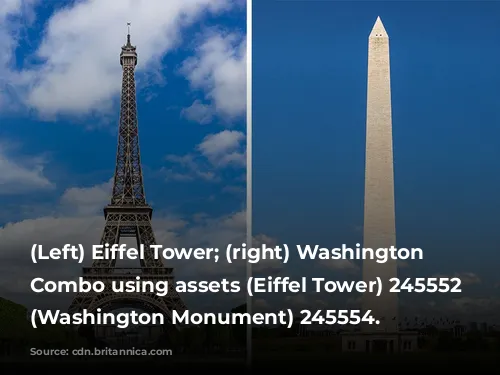
A Monument of Architectural Ingenuity
The Colosseum stands apart from earlier amphitheaters, which were usually built into hillsides for support. The Colosseum is a freestanding structure, its walls built using a complex system of barrel vaults and groin vaults. The Colosseum’s exterior is adorned with three tiers of arcades, framed by engaged columns in the Doric, Ionic, and Corinthian orders. This ascending arrangement of columns influenced Renaissance architecture, becoming a codified principle known as the “assemblage of orders.” The Colosseum’s construction materials include travertine for the main framework and facade, volcanic tufa for the secondary walls, and concrete for the inner bowl and arcade vaults.
This paragraph elaborates on the architectural features of the Colosseum, emphasizing its unique design and the use of various materials in its construction.
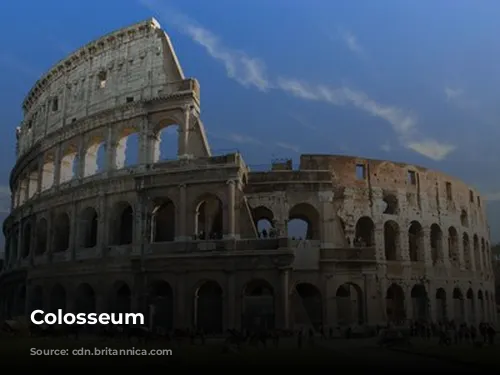
A Spectacle for the Masses
The Colosseum provided seating for 50,000 spectators, shielded from the sun by a massive retractable awning known as a “velarium.” The velarium was supported by masts extended from corbels built into the Colosseum’s top story. Hundreds of Roman sailors were needed to manipulate the rigging that extended and retracted the awning. The Colosseum witnessed countless spectacles, from gladiatorial combat and animal hunts to mock naval engagements. While there is uncertainty about the martyrdom of early Christians at the Colosseum, its historical significance as a site of entertainment and power remains undisputed.
This paragraph delves into the seating arrangements and other features of the Colosseum, highlighting the logistical challenges involved in operating the velarium and the diverse spectacles it hosted.
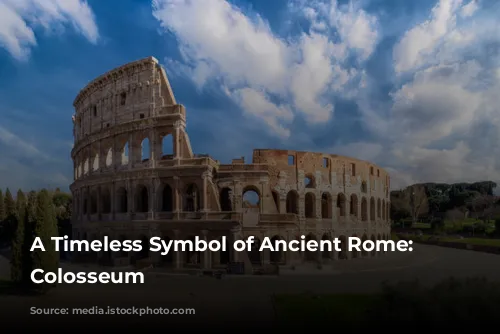
From Glory to Decay and Back
During the medieval period, the Colosseum was repurposed as a church and later as a fortress by the Frangipane and Annibaldi families. The Colosseum faced damage from lightning strikes, earthquakes, vandalism, and pollution. Its marble seats and decorative materials were plundered, leaving it as a mere quarry for over a thousand years. The 19th century witnessed a renewed interest in preserving the Colosseum, with significant efforts led by Pius VIII. In the 1990s, a restoration project was launched, further enhancing the Colosseum’s preservation. Today, the Colosseum stands as one of Rome’s most popular tourist attractions, drawing nearly seven million visitors annually. The Colosseum continues to host changing exhibitions related to ancient Roman culture, further enriching its historical value and engaging visitors with the wonders of ancient Rome.
This paragraph outlines the Colosseum’s journey through the medieval period, its subsequent neglect, and the restoration efforts undertaken in the 19th and 20th centuries. It concludes by highlighting the Colosseum’s enduring popularity as a tourist destination and its role in showcasing ancient Roman culture.
